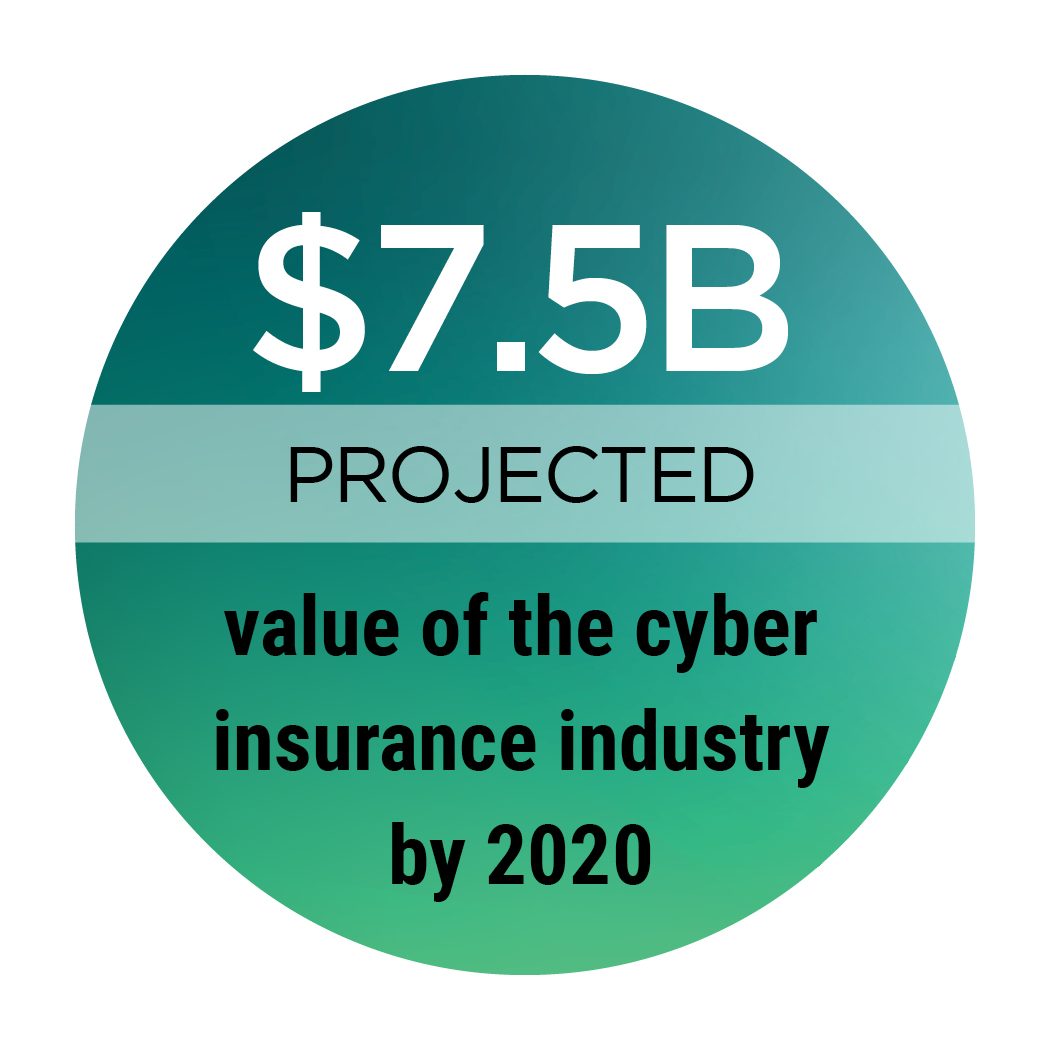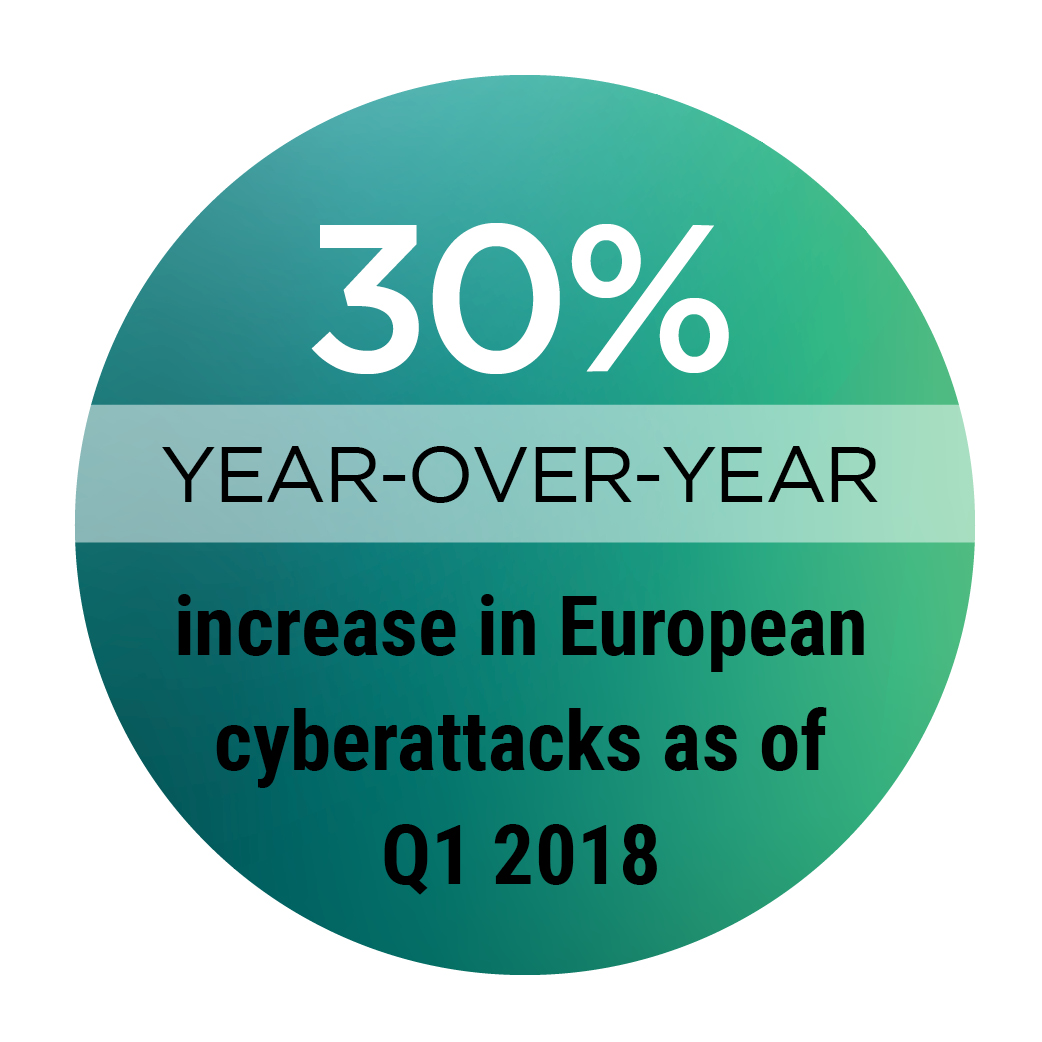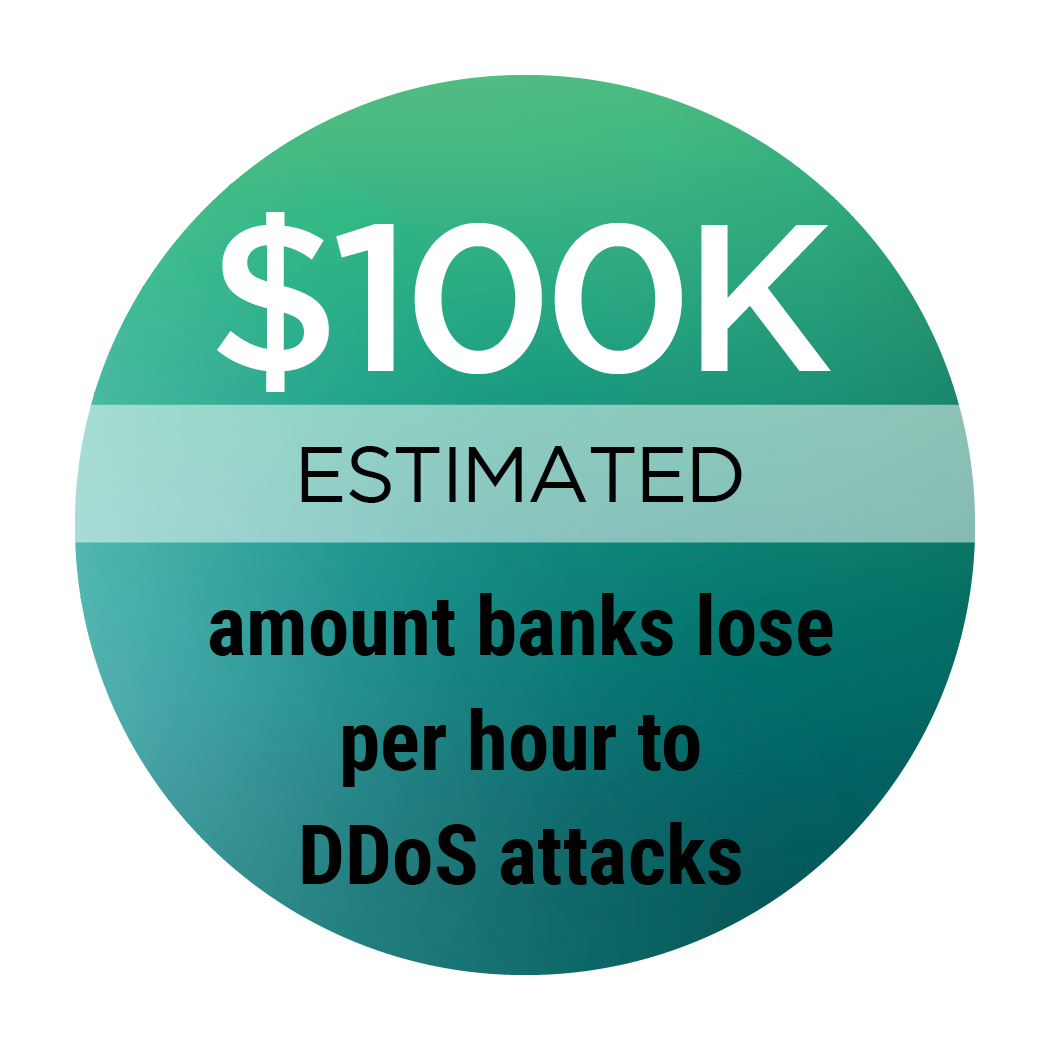TRENDING: The Long-Tail Of Account Takeovers

In the quest to make payments smarter, speeding up transaction times isn’t always enough. Payments must also be made safe from fraud and other cybercrimes.
Increasingly, players from around the financial services space are looking for new ways to fight against fraud and protect payments and their customers’ data from cybercriminals. But that’s often easier said than done.
In the pages of the latest Smarter Payments Tracker™, PYMNTS examines the latest tactics being adopted by fraudsters today — and what security solution providers are doing to stop them in their tracks.
 Around The Smarter Payments World
Around The Smarter Payments World
As the number of cyberattacks continues to rise, so do the concerns surrounding the security of consumer data.
A new report from cybersecurity firm Kaspersky Lab found more than four out of five Americans and nearly three out of every four Canadians report being stressed out about the recent pattern of data breaches. The report also noted that most of the surveyed 2,000 North American consumers suffered from an overall lack of awareness on how to protect themselves from a data breach.
However, it isn’t just best protection practices of which consumers are unaware. Another recent study, from credit monitoring service Credit Karma, found 65 percent of its users have experienced a data breach — whether they realize it or not. The company recently partnered with cybersecurity firm SpyCloud to scan the dark web and roughly 4.5 billion breaches for its customers’ personal data.
Cybercriminals also recently developed a new type of distributed denial of service (DDoS) cyberattack, which relies on a well-known vulnerability.
 Cybersecurity firm Imperva revealed the DDoS attack as part of a proof of concept designed to showcase how cyber criminals can exploit Universal Plug and Play (UPnP) networking protocol vulnerabilities to go undetected. This makes it more difficult for IT professionals and companies to pinpoint the source of the attack and could have broad implications for the Internet of Things ecosystem.
Cybersecurity firm Imperva revealed the DDoS attack as part of a proof of concept designed to showcase how cyber criminals can exploit Universal Plug and Play (UPnP) networking protocol vulnerabilities to go undetected. This makes it more difficult for IT professionals and companies to pinpoint the source of the attack and could have broad implications for the Internet of Things ecosystem.
Deep Dive: DDoS Attacks
From GitHub to Impreva, DDoS attacks are seemingly on the rise and getting worse every year. Major financial and payments players, including Bank of America and Wells Fargo, have also been targeted by similar attacks in recent years.
In this month’s Smarter Payments Deep Dive, PYMNTS examines the rising specter of DDoS threats, and the toll they can take on companies of all shapes and sizes.
Why Making Payments Smarter Means Making Them Safer
DDoS attacks are far from the only arrow in a fraudster’s quiver.
Dave Endler, co-founder and president of security and fraud prevention solutions provider SpyCloud, noted fraudsters are increasingly turning to account takeovers. Attacks using the fraud method have risen by 300 percent over the past year, with losses topping $5 billion. These attacks can often have far-reaching and long-term implications for those affected.
 In a recent interview for this month’s Smarter Payments feature, Endler discussed the rise of account takeovers, and what companies and consumers can do to combat them. Endler told PYMNTS that account takeovers are often easier to pull off compared to other cyberattacks, causing more fraudsters to use the technique.
In a recent interview for this month’s Smarter Payments feature, Endler discussed the rise of account takeovers, and what companies and consumers can do to combat them. Endler told PYMNTS that account takeovers are often easier to pull off compared to other cyberattacks, causing more fraudsters to use the technique.
He noted these attacks are also more difficult to detect and stop.
“It’s much more straightforward for a criminal to compromise someone’s payment account that could be linked to a credit card than for them to try to steal or gain access to use that credit card,” Endler said, adding that the tools that make these attacks possible are “accessible to people who don’t necessarily have a lot of technical acumen.”
To read the full feature story, the deep dive and the latest news, download the Smarter Payments Tracker™.
About the Tracker™
The Smarter Payments Tracker™, powered by FIS, is a bimonthly report that looks at how payment systems are evolving to become faster, transmit data, offer interoperability between systems and more to improve the payer and payee experience.

